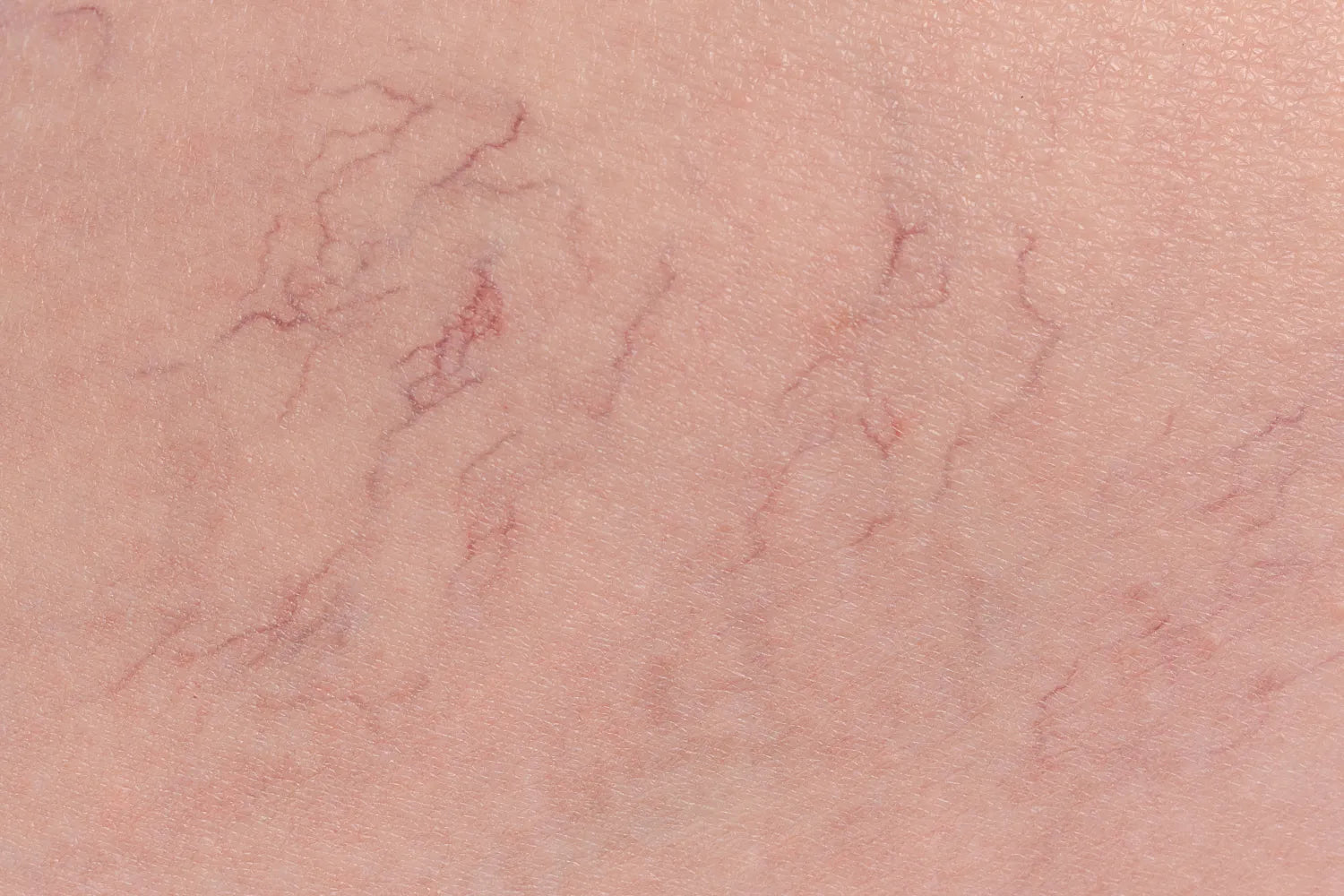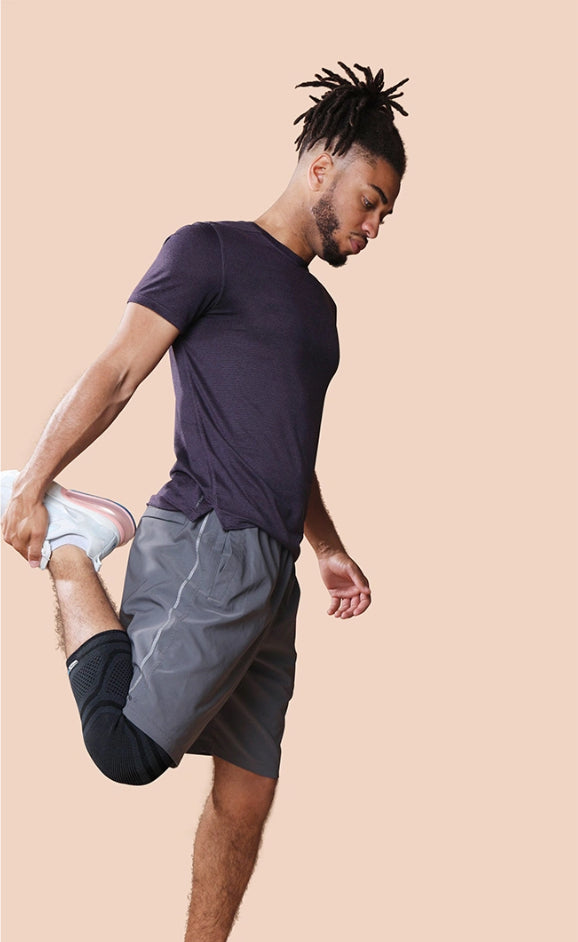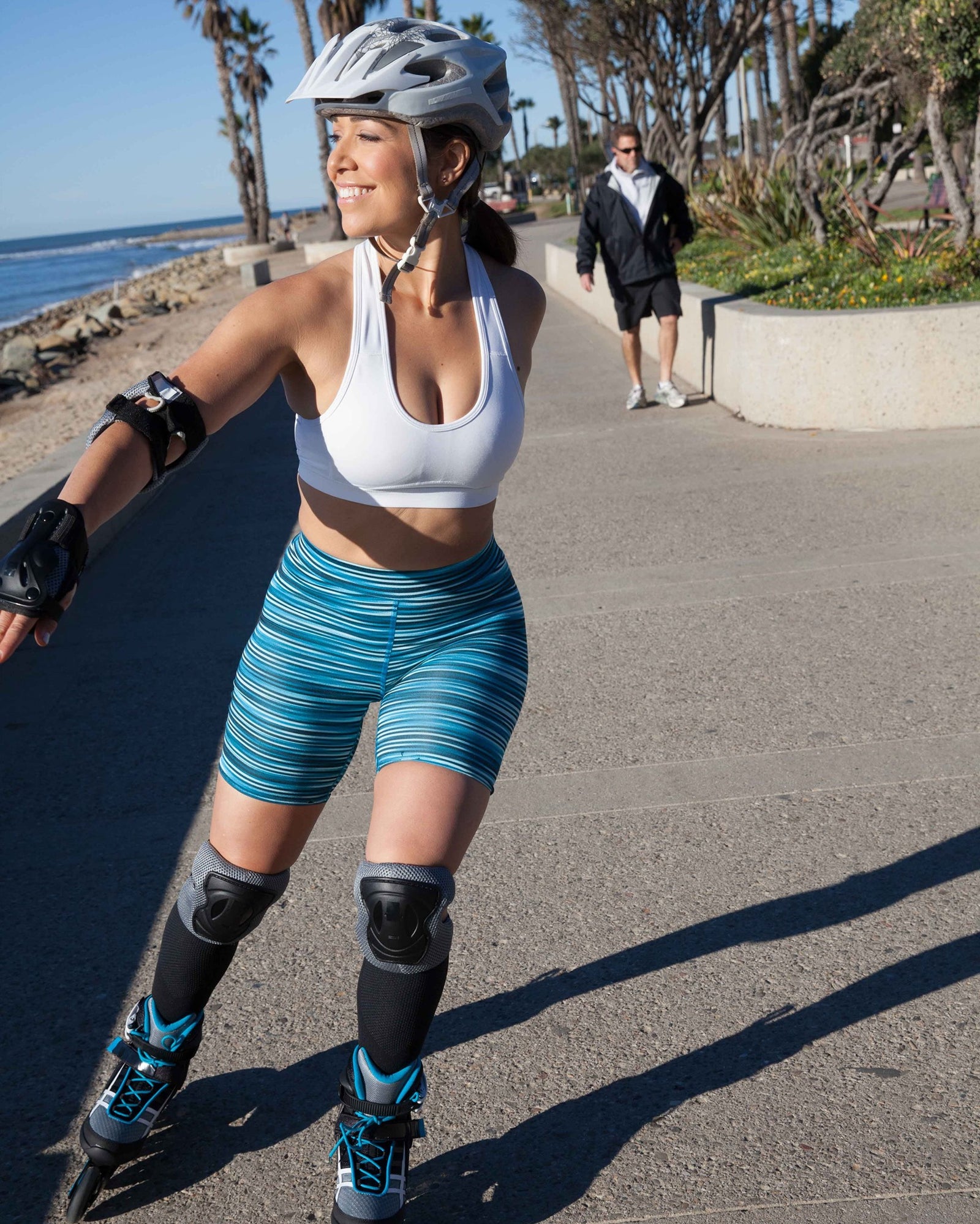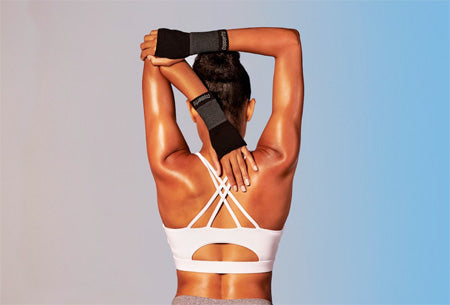
Everyone desires to feel comfortable and confident in their own skin. Spider veins, with their distinct thin, web-like patterns, are not an uncommon sight on our skin. But, when first noticed, their sudden appearance might be a bit alarming.
If you wonder what exactly these fine networks are and if they’ll go away on their own, you're not alone. Our comprehensive guide is here to unravel the mysteries of spider veins — so let’s dive in.
What Are Spider Veins?
Spider veins, medically known as telangiectasias, are small, dilated blood vessels that appear red or blue. They lie close to the surface of the skin and resemble the patterns of a spider's web or tree branches.
While they can show up anywhere on the body, they’re frequently found on the face and legs and are most common on the upper thigh, around the knees, and the ankles.
Spider Veins vs. Varicose Veins: What’s the Difference?
While spider veins and varicose veins might seem similar, they are distinct. Spider veins are typically smaller, more superficial, and aren't raised above the skin's surface.
Despite their name, spider veins aren't true veins. They are actually damaged capillaries, venules, and arterioles. These delicate blood vessels serve as bridges, connecting to more substantial vessels within our circulatory system.
Aesthetically, spider veins appear smaller, lying closer to the skin's surface, and are not raised. On the other hand, varicose veins are genuine damaged veins.
These more prominent vessels carry oxygen-poor blood back toward the heart. In stark contrast to the inconspicuous spider veins, varicose veins are more substantial, deeper, and tend to bulge, often rising above the skin's surface.
While spider veins typically don’t have any symptoms beyond the aesthetic, those with varicose veins might experience discomfort or tension in the affected area, a sensation typically absent in individuals with spider veins. The journey to understanding our bodies is filled with nuances like these, and knowledge empowers us to make informed decisions about our well-being.
What Can Cause Spider Veins?
When it comes to the appearance of spider veins, several factors can play a role:
Age
As we age, the strength and elasticity of our veins can diminish, causing them to stretch. This can lead to blood pooling in certain areas, potentially resulting in spider veins. The likelihood of developing them tends to increase as one advances in age.
Hormonal Changes
Life stages that bring about significant hormonal changes, like puberty, pregnancy, and menopause, can influence the development of spider veins. Medications such as birth control pills and hormone replacement therapy can also act as catalysts for their appearance.
Sun Exposure
For those with lighter skin, sun exposure can contribute to the appearance of spider veins on the face, as the harmful rays can damage the skin and the tiny blood vessels beneath it.
Prolonged Standing or Sitting
Jobs or routines that demand standing or sitting for extended durations can put added pressure on the veins in the legs. This constant pressure can, over time, contribute to the manifestation of spider veins.
Genetic and Medical History
Some individuals may be more prone to develop spider veins due to genetic predispositions. Having a history of blood clots or injuries, such as traumas to the skin, can also increase the risk.
Knowledge of these causes and risk factors equips us with the power to take proactive measures in our daily lives. As we continue to explore, we'll look at their natural progression and ways to navigate the path of skin wellness.
Do Spider Veins Go Away on Their Own?
Every individual harbors the hope that unwelcome skin developments, like spider veins, might just vanish on their own. The truth? Spider veins might not always fade away without intervention.
Their natural progression varies from person to person, largely depending on the factors leading to their appearance and an individual's lifestyle. The good news? There are ways to treat and reduce the appearance of spider veins, with certain cosmetic surgeries being especially effective.
And, as always, prevention is often the best intervention. As we venture further into the topic, we'll explore lifestyle changes that not only support your overall well-being but can also help prevent future spider veins from forming.
Natural Ways To Help Prevent Spider Veins
Understanding and implementing natural recovery methods can be instrumental in the journey toward skin and body wellness.
Here's how you can lend a helping hand to your body:
- Take Breaks: Whether you're sitting or standing, it's crucial to break the monotony. If your routine requires prolonged sitting, make it a point to stand and take a brief walk every 30 minutes. Similarly, if you're on your feet often, take short sitting breaks every half-hour to relax and refresh.
- Stay Active: One of the most effective ways to encourage healthy circulation is to remain active. An active lifestyle ensures that blood doesn’t pool in certain areas, reducing the chances of vein-related issues.
- Gentle Exercises and Stretches: Simple exercises, like walking or gentle stretches, can do wonders for blood flow. These activities keep you fit and play a pivotal role in supporting healthy circulation.
- Mindful Posture: The way we sit can significantly impact blood flow. Adopt a posture that promotes healthy circulation, and remember to take breaks to stretch or walk, ensuring that blood doesn't stagnate in any part of the body.
- Foot and Ankle Flexes: If you are bound to a seat or a particular stance for extended periods, keep the blood flowing in your legs by flexing your feet and ankles. Engage in calf muscle exercises, squeezing and releasing them periodically. This simple activity can greatly support healthy circulation.
-
Try Compression Socks: Options like our copper-infused graduated compression socks at Copper Fit are designed to serve as supportive allies in supporting healthy blood flow, complementing your circulatory health when worn during exercise or times of rest.
And, of course, if you notice severe pain, swelling, skin changes, or any other symptom that seems out of the ordinary, it's always recommended to speak to a healthcare professional.
Spider veins might seem like an uninvited guest, but managing them becomes less daunting with the right knowledge, tools, and approach. Armed with Copper Fit products and a proactive lifestyle approach, individuals can navigate their journey toward better health with strength and confidence.
The Bottom Line
The realm of health and wellness is vast and, at times, intricate. Yet, with the right guidance and resources, we can confidently navigate its intricacies.
Spider veins, though common, often bring along questions and concerns. Knowledge is your ally, equipping you to face such challenges head-on.
At Copper Fit, our mission transcends mere physical support. We believe in fostering a robust and resilient spirit, empowering you to embrace life's diverse challenges. As you chart your wellness journey, we encourage you to delve deeper into the benefits of our carefully curated Copper Fit products.
Stay informed, stay active, and know that with Copper Fit by your side, every step towards wellness is a step taken with confidence and support.
Sources:
Blood Vessels: Types, Anatomy, Function & Conditions | Cleveland Clinic
Varicose Veins | Johns Hopkins Medicine
Circulatory System: Anatomy and Function | Cleveland Clinic
Compression Therapy: Clinical and Experimental Evidence | PMC





